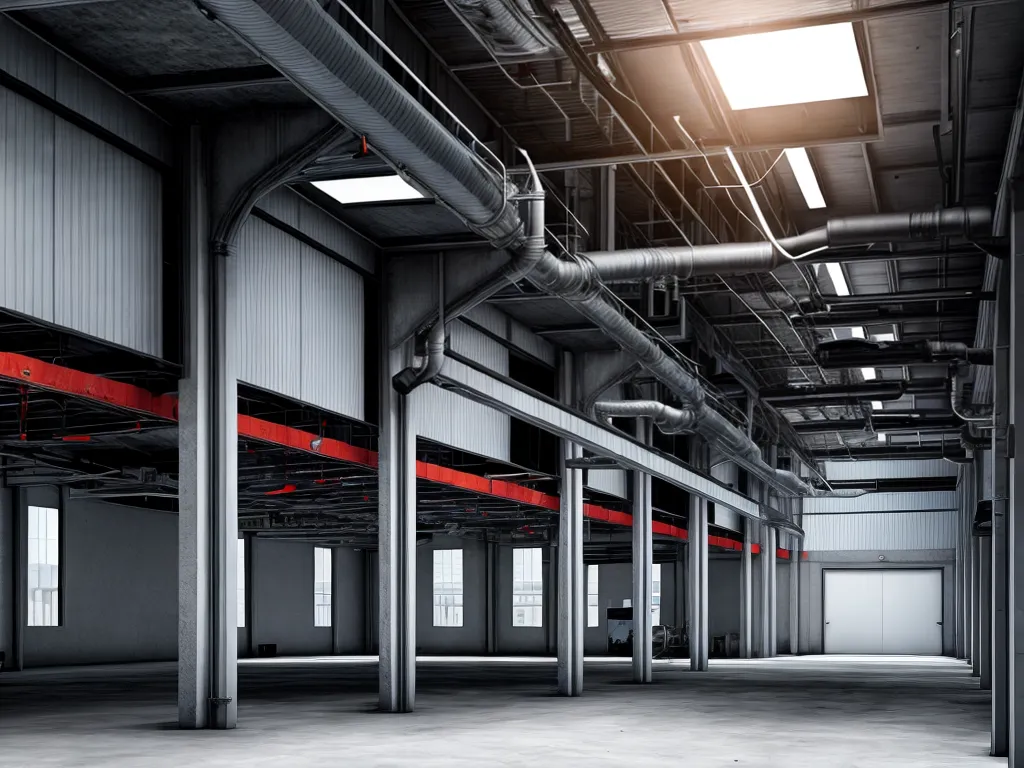
How to Troubleshoot 3-Phase Power Issues in Industrial Buildings
Introduction
Troubleshooting 3-phase power issues in industrial buildings can be complex and require an understanding of electrical systems. However, following some key troubleshooting principles and methods can help facility managers and maintenance technicians quickly identify and resolve many common 3-phase power problems. In this guide, I will provide an overview of 3-phase power systems and discuss step-by-step approaches for troubleshooting voltage imbalance, phase loss, ground faults, and other issues that can impact industrial operations.
Overview of 3-Phase Power Systems
Three-phase power systems utilize three AC voltage sine waves that are 120° out of phase from each other to provide electrical power. The three phases are typically labeled A, B, and C. In a balanced system, the voltage levels on each phase are equal in magnitude and separated by 120° as they cycle through the sine wave.
Some key advantages of 3-phase power systems include:
- More efficient power transmission over long distances
- Ability to efficiently run 3-phase motors
- Balanced loading across 3 phases
Some common components of 3-phase systems in industrial facilities include:
- 3-phase switchgear - Main distribution equipment
- Transformers - Step down high voltage to utilization voltage
- Circuit breakers - Overcurrent protection
- Variable frequency drives (VFDs) - Adjust motor speed
Troubleshooting Steps
When issues arise in 3-phase systems, organized troubleshooting methods are key. Here are general steps I follow:
1. Clearly Define the Problem
- Ask questions to understand when and where the issue occurs
- Identify any observations or error codes
- Check for correlations with weather or other factors
2. Visually Inspect the System
- Look for loose connections, damaged wiring, or signs of overheating
- Check fuses/breakers for signs of faults like charring
- Note any unusual odors that could indicate insulation failure
3. Take Electrical Measurements
- Check voltage levels on each phase
- Measure current draw on each phase
- Calculate total power factor of loads
- Use a megohmmeter to test insulation resistance
4. Consider Load Changes
- Have any motors or equipment been added/removed?
- Have setpoints been adjusted on variable frequency drives?
- Has the power factor been impacted by different loads?
5. Check Protection and Control Devices
- Test proper operation of fuses, breakers, and relays
- Inspect VFDs and motor starters for any faults
- Look for any grounding issues or faults
Common 3-Phase Power Problems
Here are some typical 3-phase issues I troubleshoot and how I diagnose them:
Voltage Imbalance
A voltage imbalance is when the 3 phase voltages differ in magnitude, causing unequal loading. I check for:
- Loose connections - Measure voltage at terminals
- Blown fuses - Visually inspect fuses
- Transformer issues - Check tap settings
- Swapped phase wiring - Confirm phase order A-B-C
Phase Loss
Loss of one phase can cause motors to overheat or trip offline. To check for single phasing:
- Visually inspect all connections
- Test voltage between all 3 phases
- Check for blown fuses or open breakers
- Verify overload relays are not tripping
Ground Faults
Ground faults provide an unintended path to ground. I isolate the problem area by:
- Checking insulation resistance phase-to-ground
- Inspecting for signs of moisture or physical cable damage
- Testing ground fault protection devices
Summary
Troubleshooting 3-phase issues involves methodically following voltage and current paths through the system, visually inspecting components, and using test equipment to isolate the problem. Keeping detailed records of measurements and load changes is key to efficient diagnosis. Safely resolving 3-phase problems relies on thorough understanding of electrical fundamentals paired with systematic troubleshooting procedures.